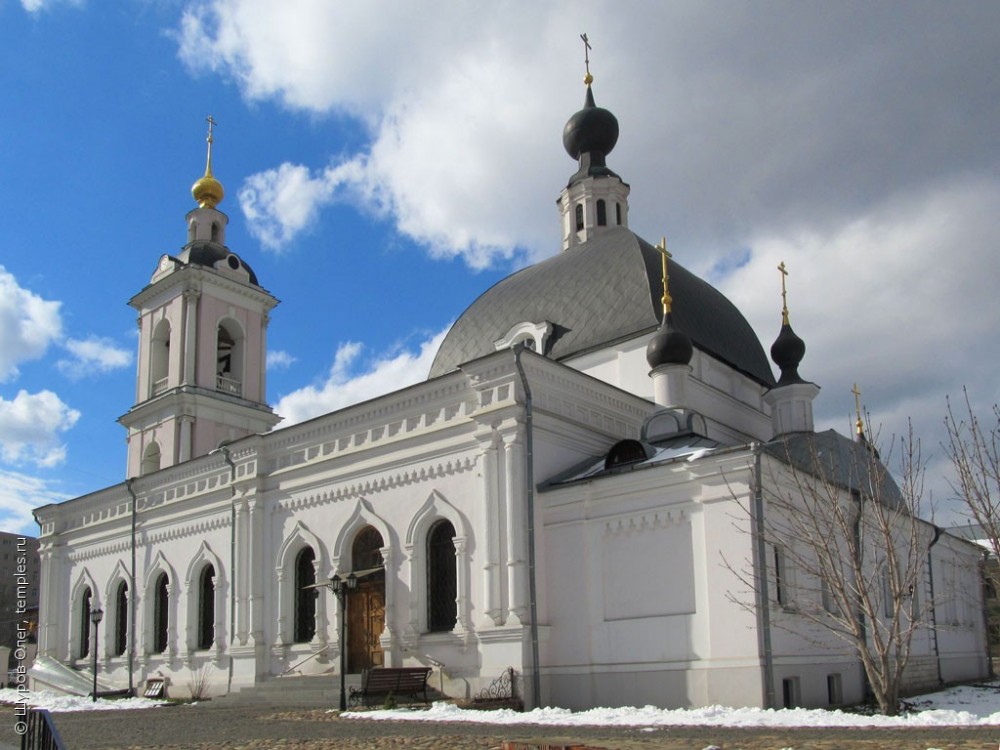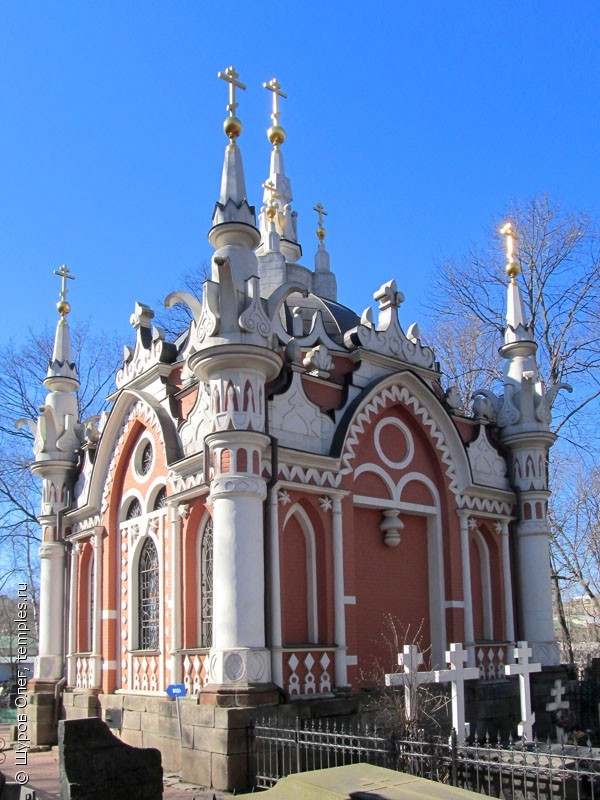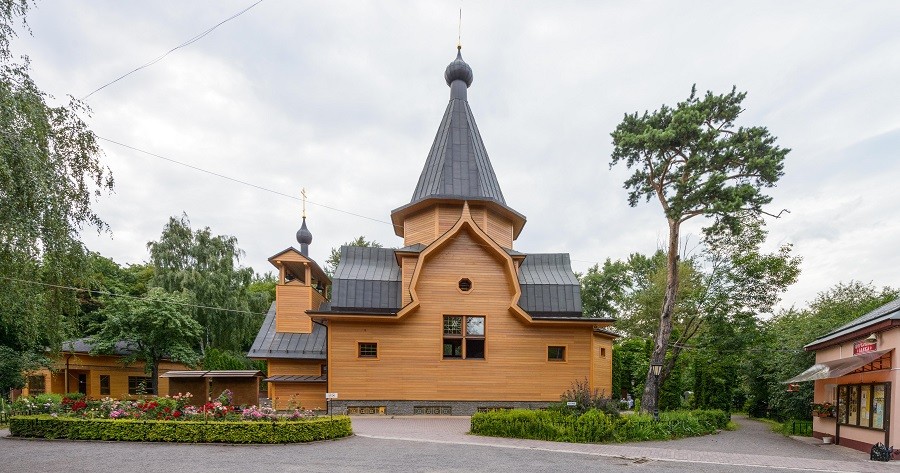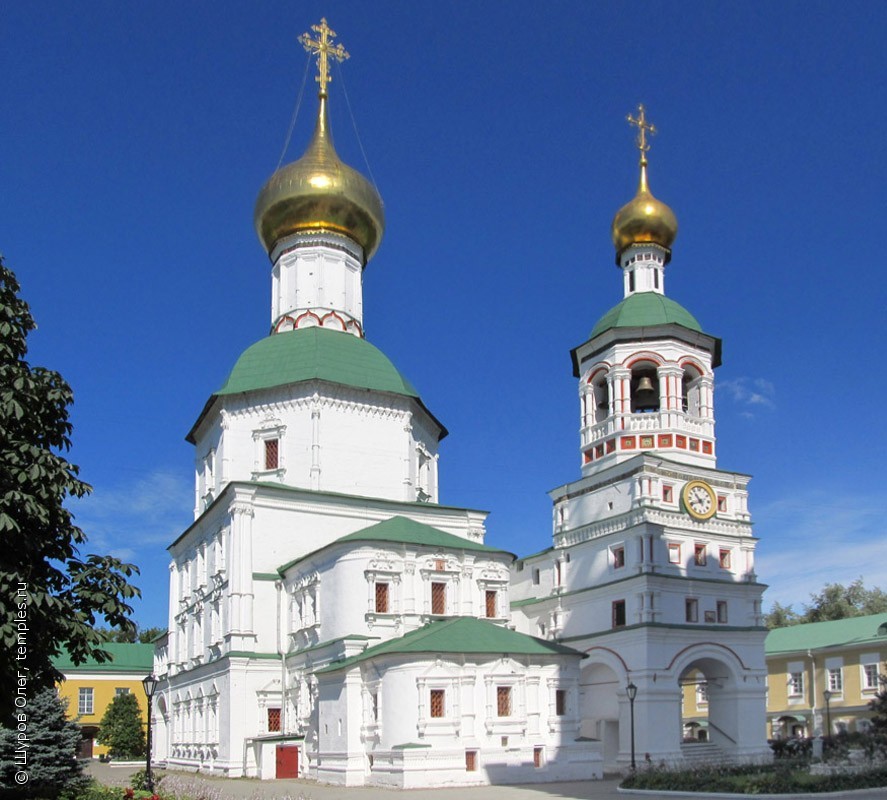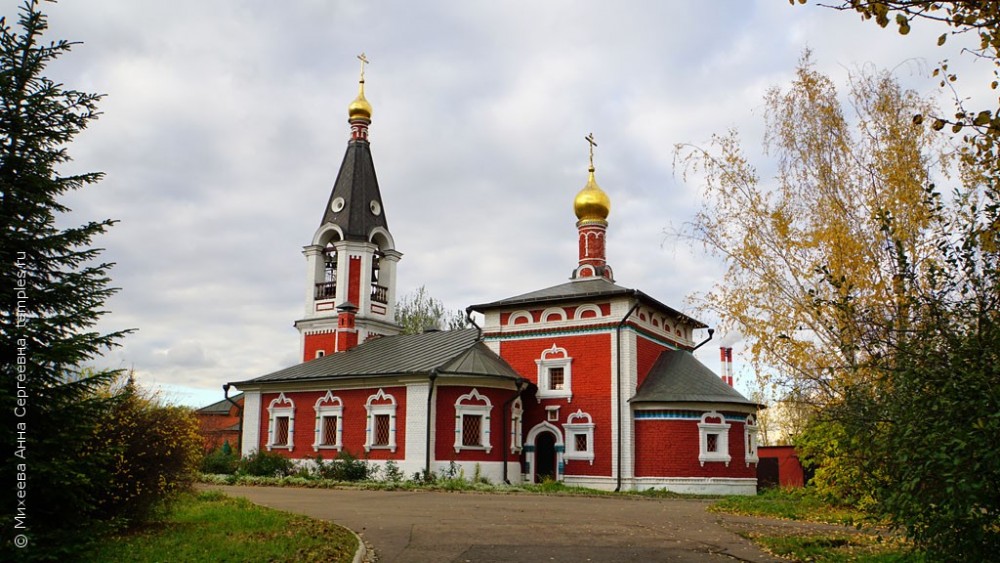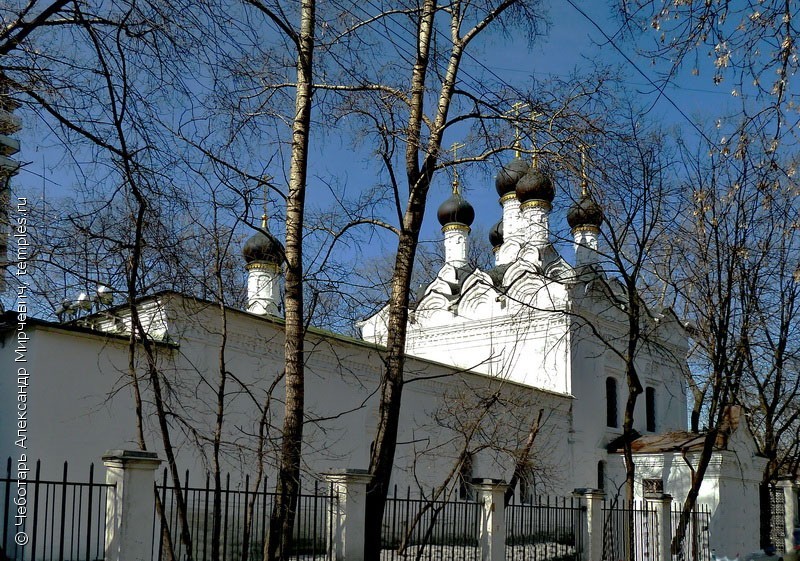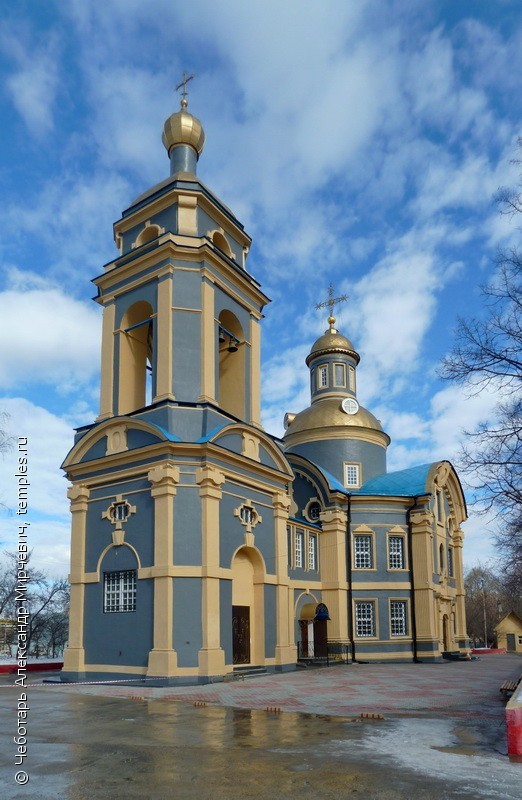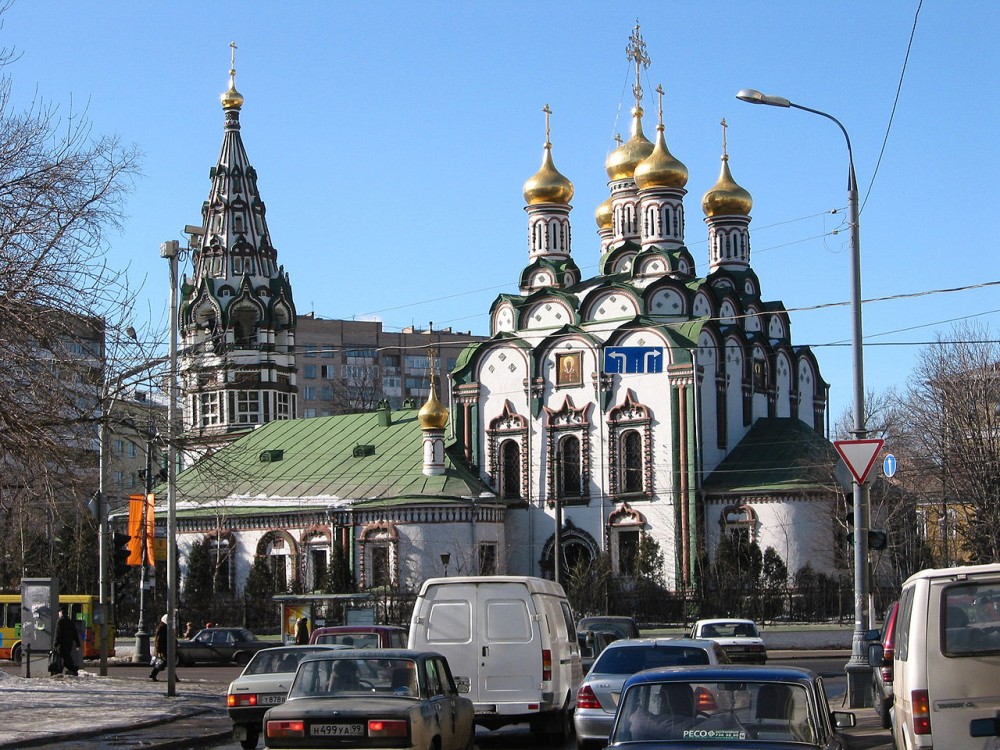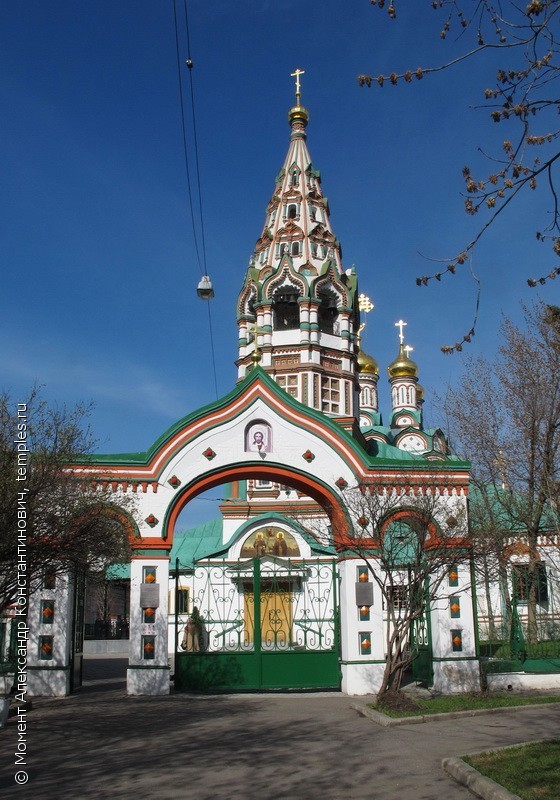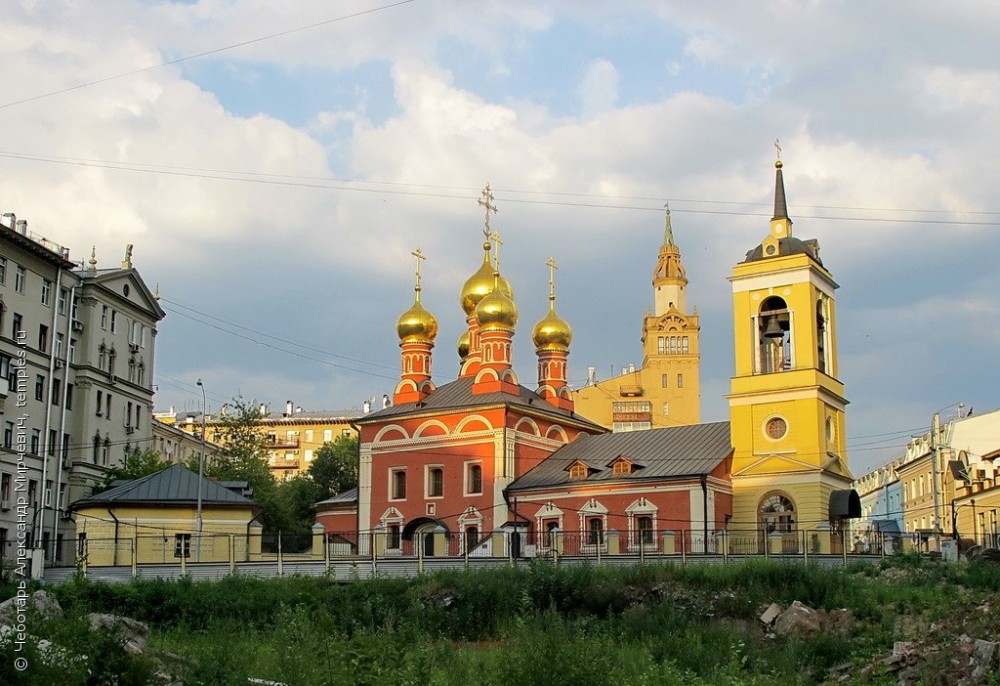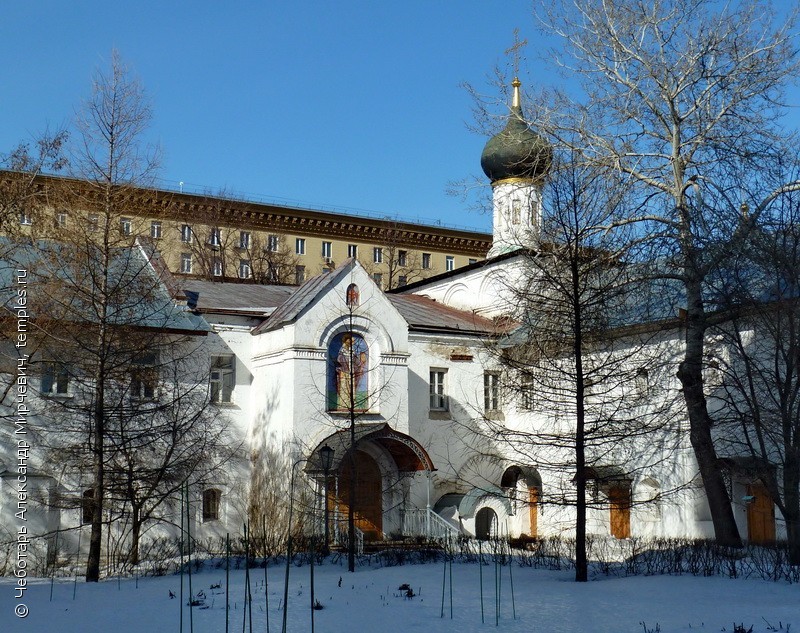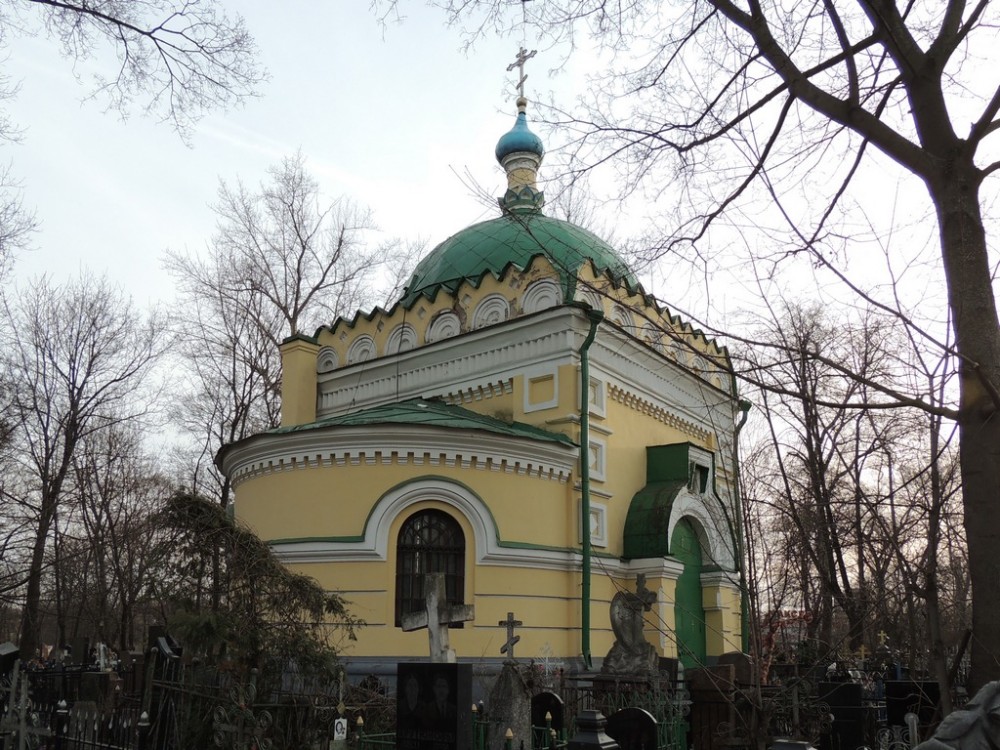St. Nicholas Churches in Moscow
Photo Gallery
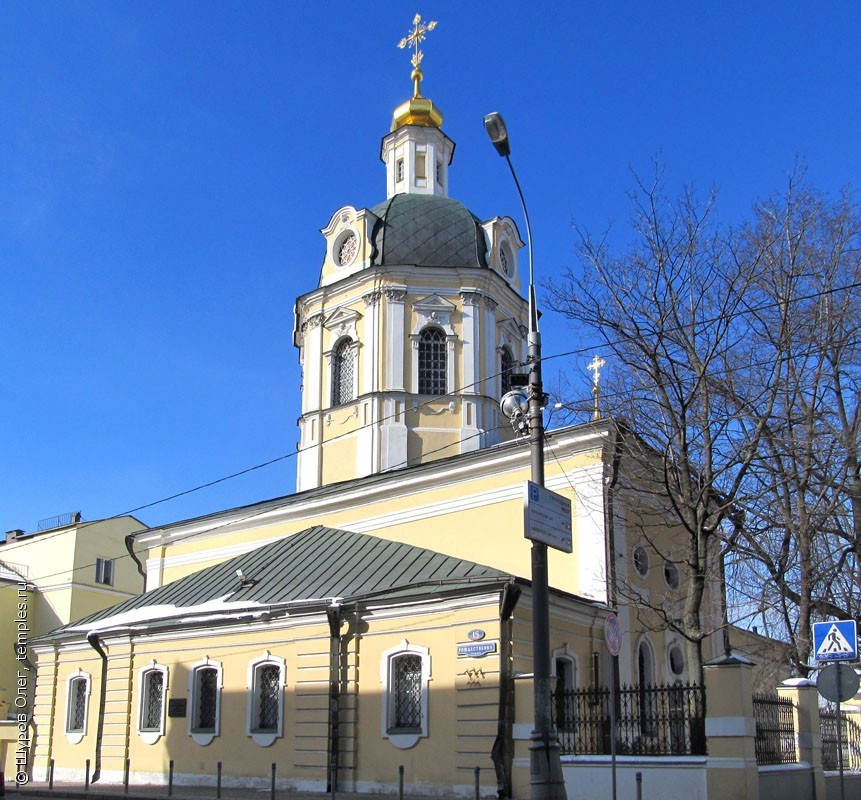
Church of St. Nicholas the Wonderworker in Zvonary. 16th century.
The stone construction goes back to 1657, the current structure was built in 1762 – 81 by Count I. I. Vorontsov. Now its main altar is dedicated to the Annunciation. The church was closed by the communists no later than 1933, and reconsecrated in 1996. It is has been the podvorye of Pukhtitsa Convent (Estonia) since 1994.
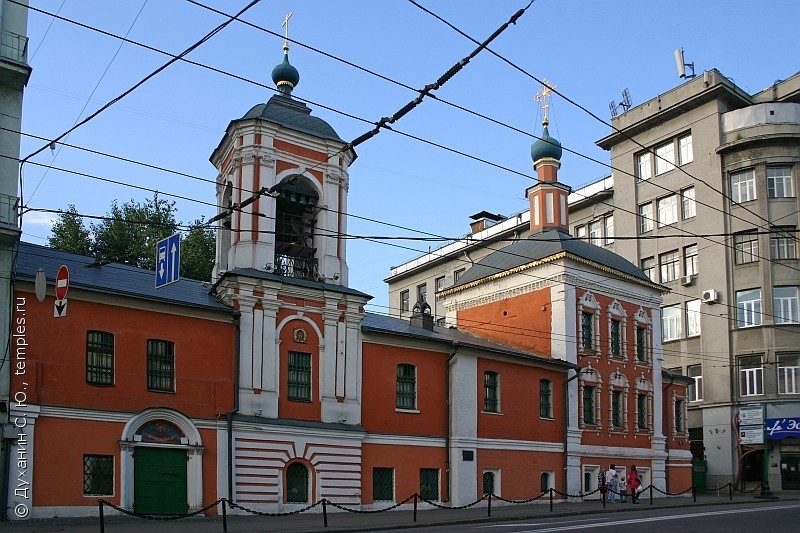
Church of St. Nicholas the Wonderworker in Kleniki. 1657.
The current stone structure was built in 1657, and rebuilt several times. The bell tower was added in 1749. The church was closed in 1932, and its bell tower and top part were destroyed. It was reopened in 1990 and restored. The church was famous from 1893-23 for its head priest—Archpriest Alexei Mechev and later his son, Archpriest Sergei Mechev. Both are now canonized saints of the Russian Orthodox Church.
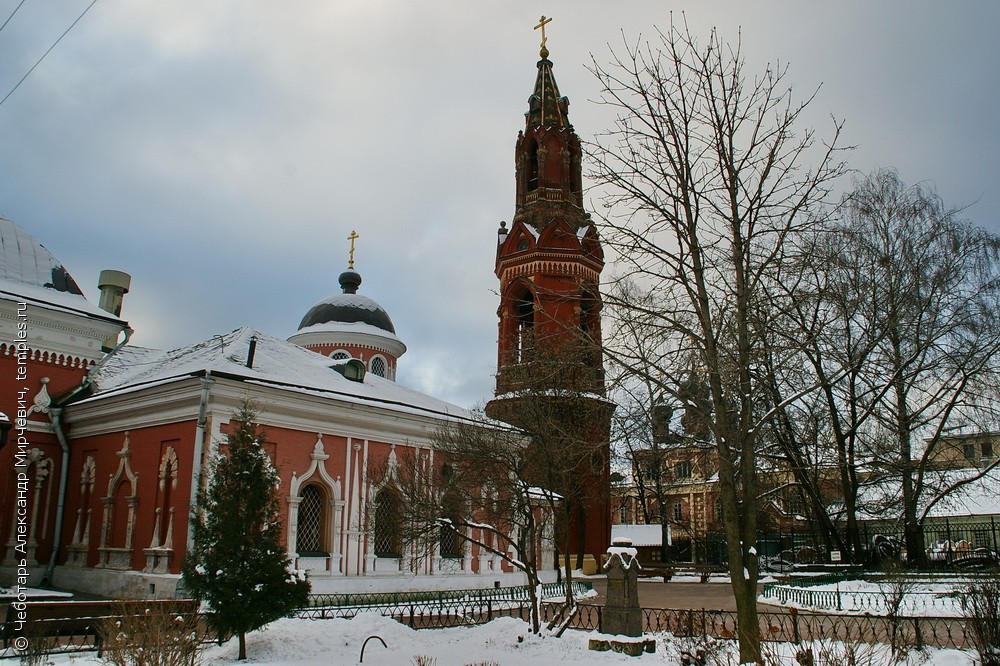
The St. Nicholas United Faith Old Believer Monastery. 1873 – 1878.
General view of the monastery from the northeastern side. To the left is the Dormition Church, at right is the Church of the Exaltation of the Cross. In the center is the bell tower.
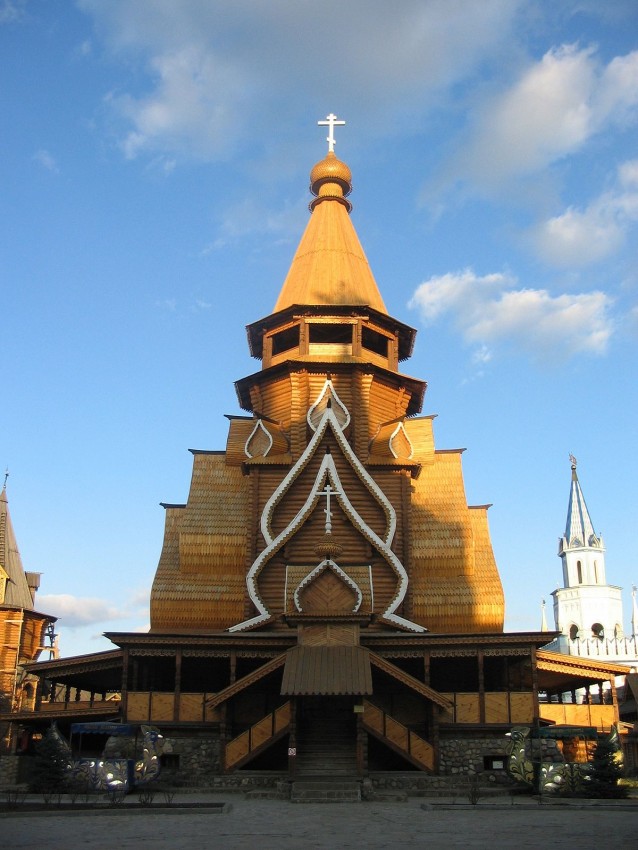
Church of St. Nicholas the Wonderworker in Izmailovo. 2000.
This wooden church is located on the territory of the cultural park called, “The Kremlin in Ismailovo”, created in the style of northern Russian wooden architecture. The church is a podvorye of the St. Daniel Monastery.
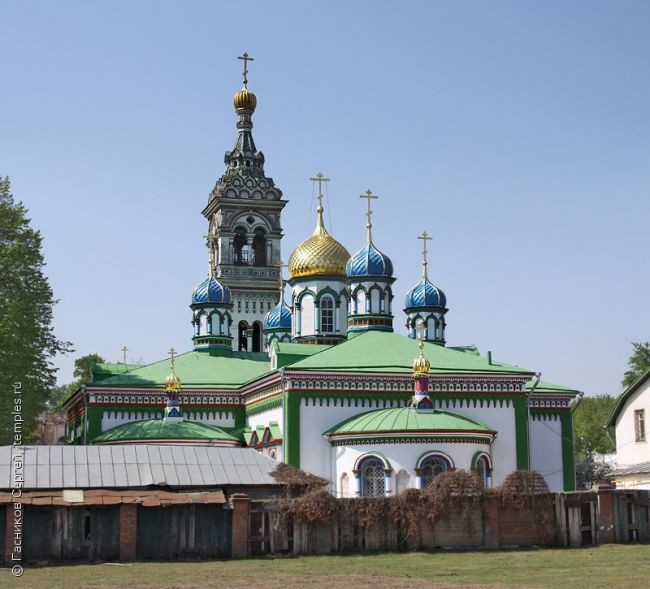
Church of St. Nicholas the Wonderworker at the Rogozhsky cemetery. 1776.
Old Believer (with priests) church.
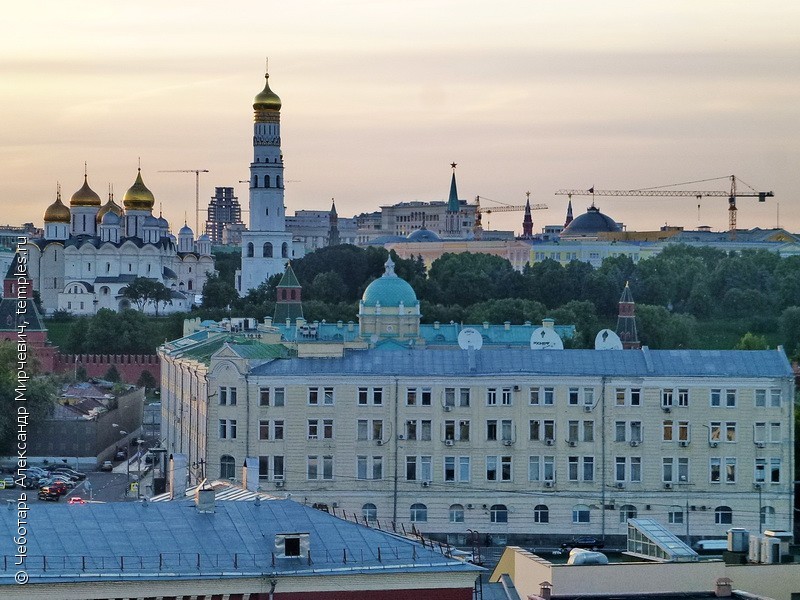
Church of St. Nicholas the Wonderworker at the “house of free apartments” founded by the Bakhrushin brothers. 1900 – 1903.
View from the southern side of the bell tower of the Church of the Resurrection in Kadyshy. To the left are the churches of the Kremlin.
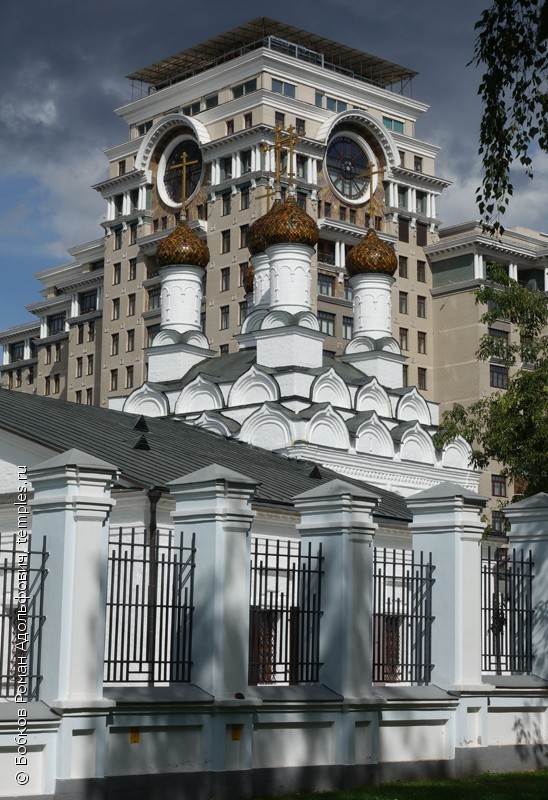
Church of St. Nicholas the Wonderworker in Golutvin. 1686 – 1692.
Formerly the monastery of the Nativity of the Mother of God. Since 1625, it has been a parish church. Closed by the communists in around 1933, the domes were removed and the bell tower destroyed. Restoration began in 1980 and services held since 1992. The bell tower has been restored. In 2012, the church has been the “Chinese podvorye”, where Moscow’s Chinese community goes for catechism, services, and fellowship.
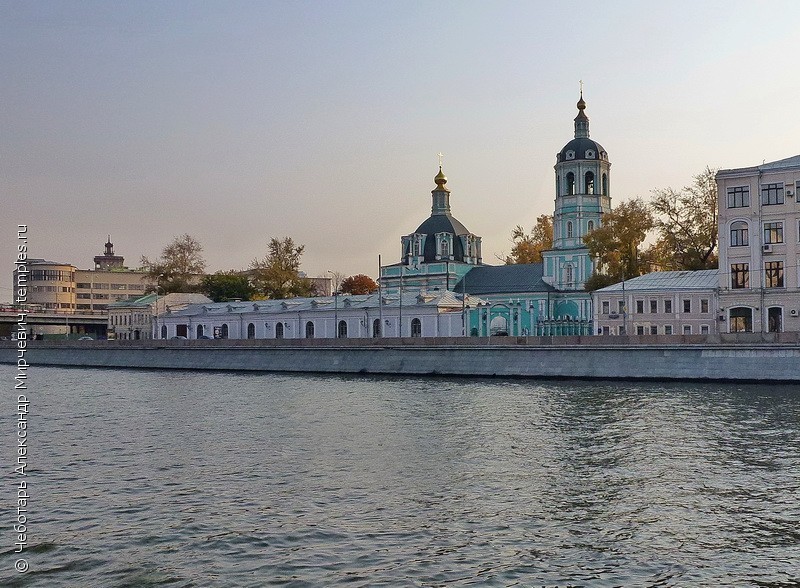
The Church of St. Nicholas the Wonderworker in Zayatsk. 1749 – 1759.
The stone church was built on the site of the old wooden church in 1652. The next church was begun in 1741, and rebuilt in 1749 – 59. It was closed in 1932, and slated for demolition in 1939, but only the domes and upper tiers of the bell tower were removed. Services began again in 1992 in the neighboring parish house, and now the church is completely restored.
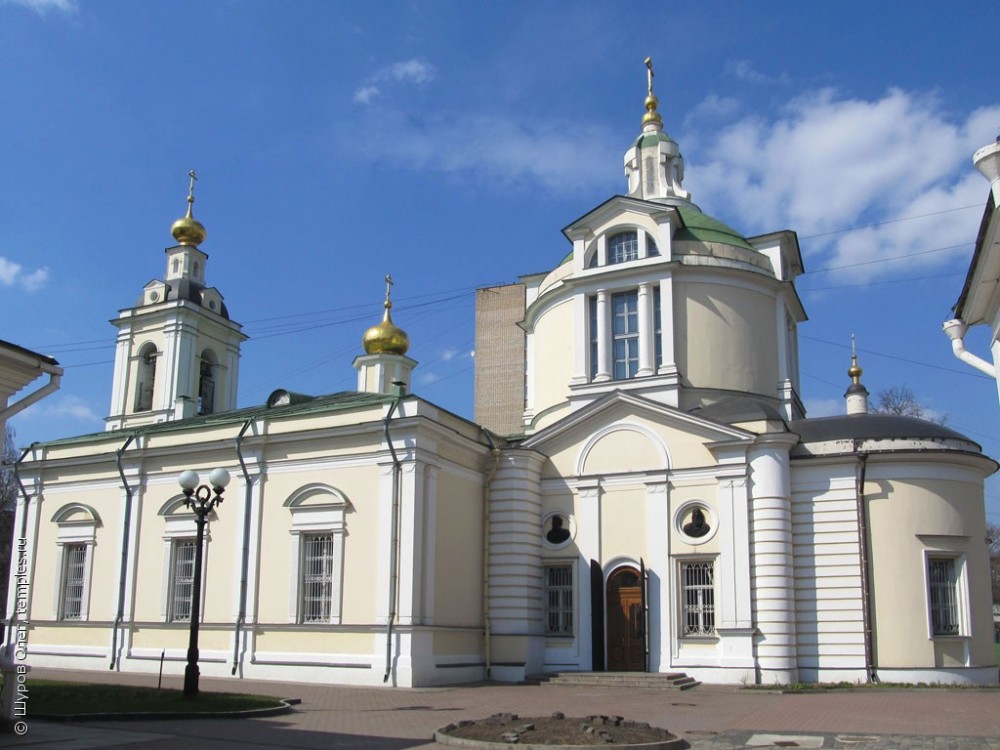
Church of St. Nicholas the Wonderworker in Kuznetsy. 1805.
Formerly made of wood, the stone church was built in 1681-3 and rebuilt in the form we see today in 1805 and 1847. The main altar is dedicated to the translation of the relics of St. Nicholas to Bari. The church was never closed during the soviet period.
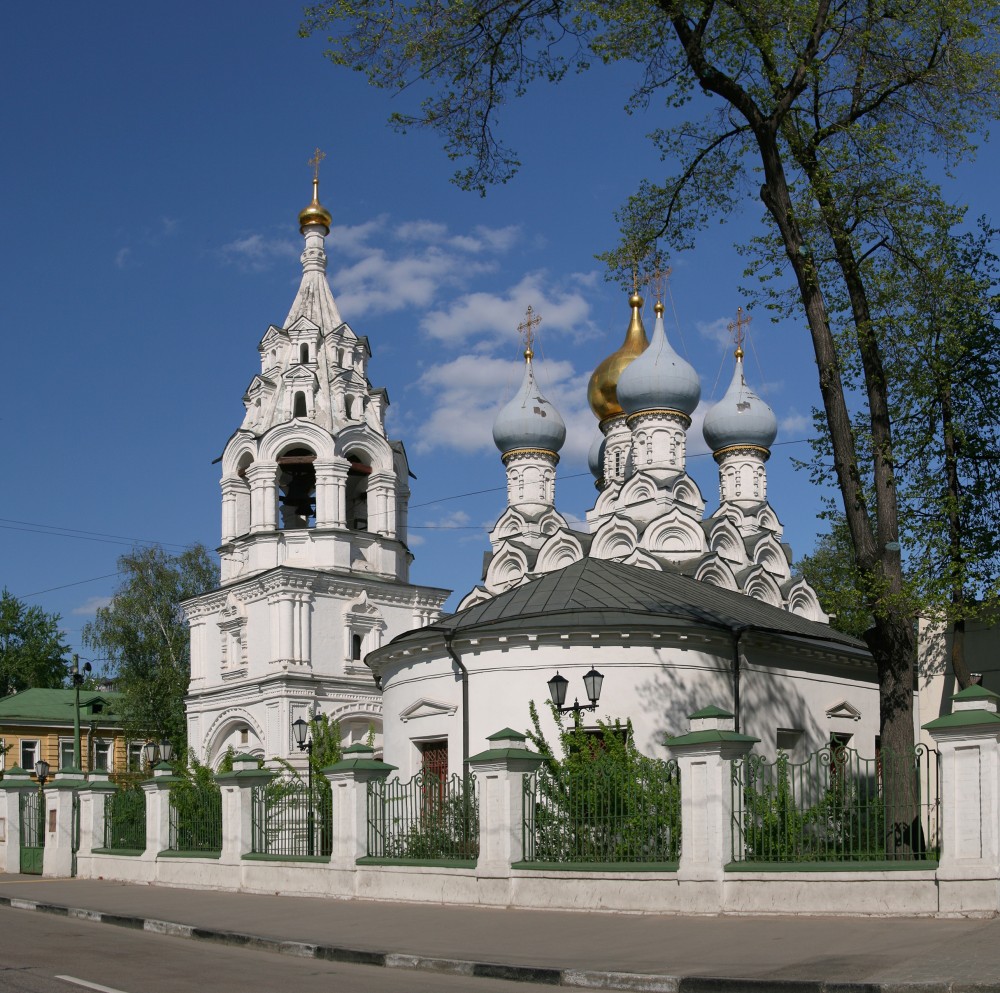
The Church of St. Nicholas the Wonderworker in Pyzhy. 1672.
The former wooden church is known from the late 16th c. The current main church was built in 1672. Closed in the 1930s, it was returned to the Church in 1990. Now the main altar is dedicated to the Annunciation, and the St. Nicholas church is a side altar. In 1993 a side altar was added dedicated to St. Vladimir of Kiev and all the New Martyrs and Confessors of Russia.
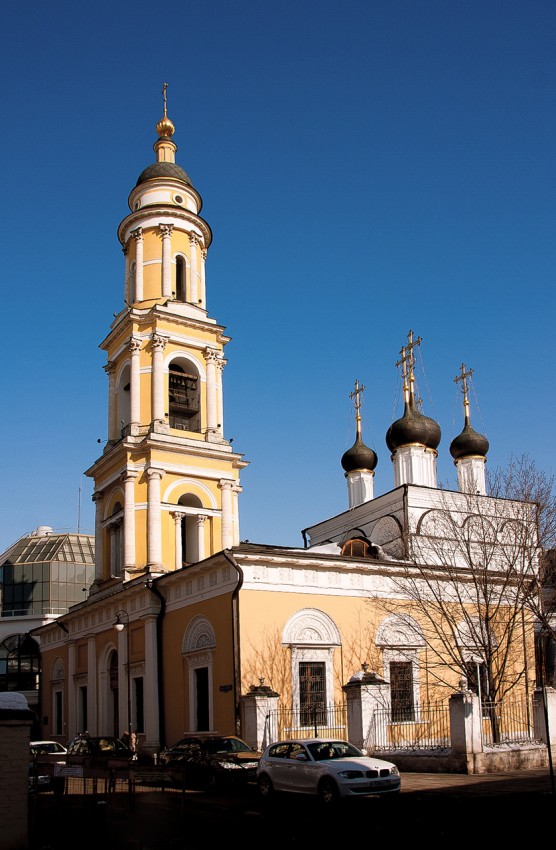
The Church of St. Nicholas the Wonderworker in Tolmachy. 1697.
This St. Nicholas Church was known from 1625, and by 1697 a stone church was built with an altar dedicated to St. Nicholas. Closed in 1929, the cupolas and top tiers of the bell tower were removed. Services were renewed in 1993, and the church was completely restored. It is now the church located at the Tretyakov Museum. Since 1999, this church has housed one of Russia’s most treasured miracle-working icons—the Vladimir icon of the Mother of God.
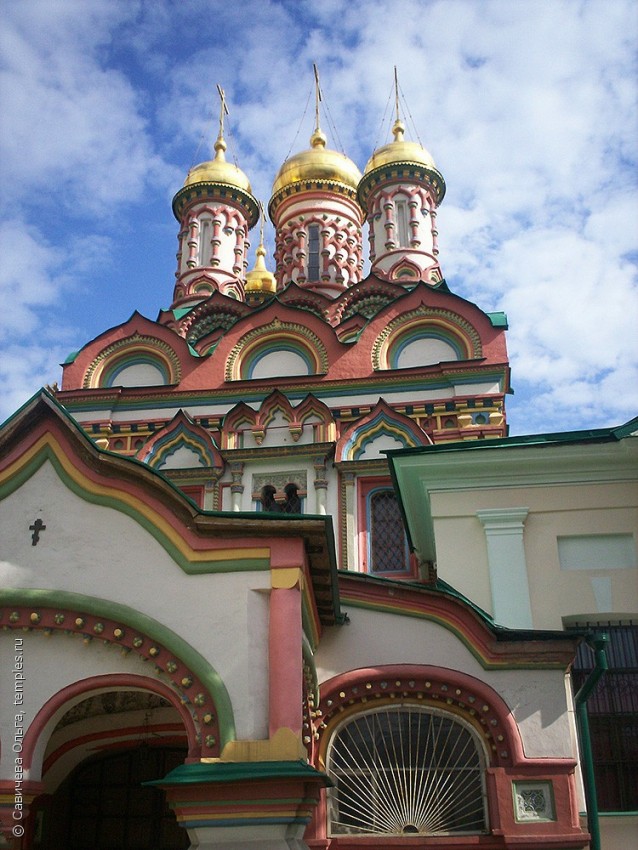
Church of St. Nicholas the Wonderworker on Bersenevka. 1656.
In ancient times the church was part of the St. Nicholas on Bolota (the Swamp) Monastery. Now is it a church dedicated to the Holy Trinity with a side-altar to St. Nicholas, built in the place of the original wooden church in 1656 under the patronage of the senate clerk, A. Kirillov. Closed in 1930, the bell tower was soon demolished. The church was restored in 1970, and services began there again in 1992.
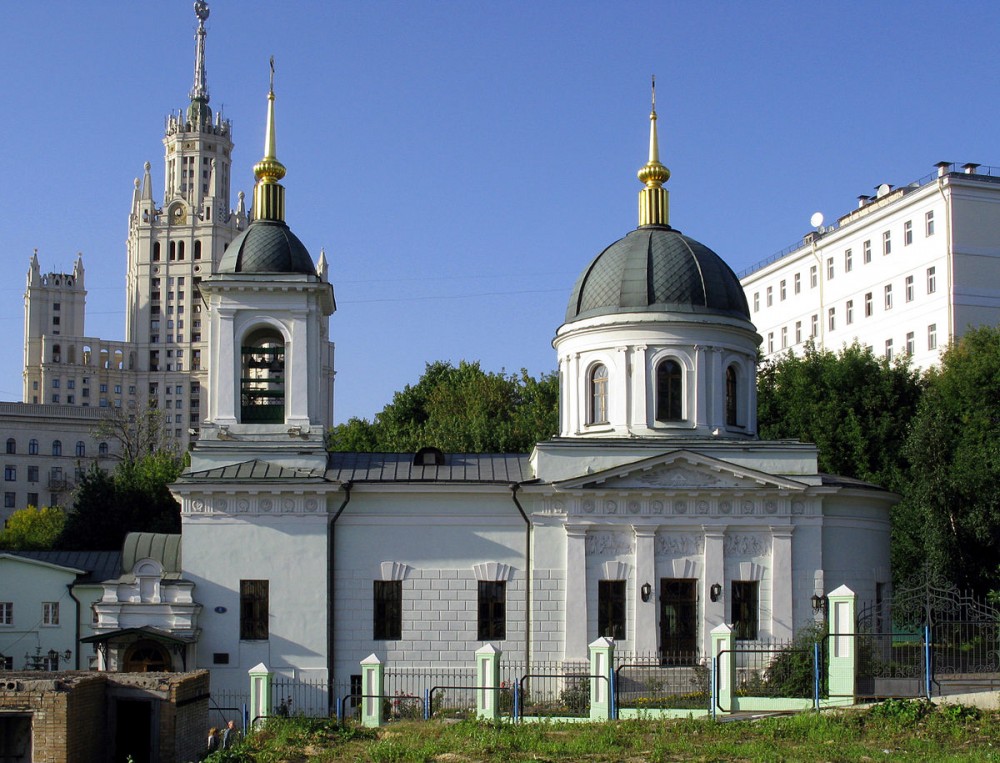
The Church of St. Nicholas the Wonderworker in Kotelniki. 1822 – 1824.
Mention of the church dates from 1635. It was closed no earlier than 1929. Services were renewed in 1992. In the 1990s, the church was made a podvorye of the Orthodox Church of the Czech Lands and Slovakia.
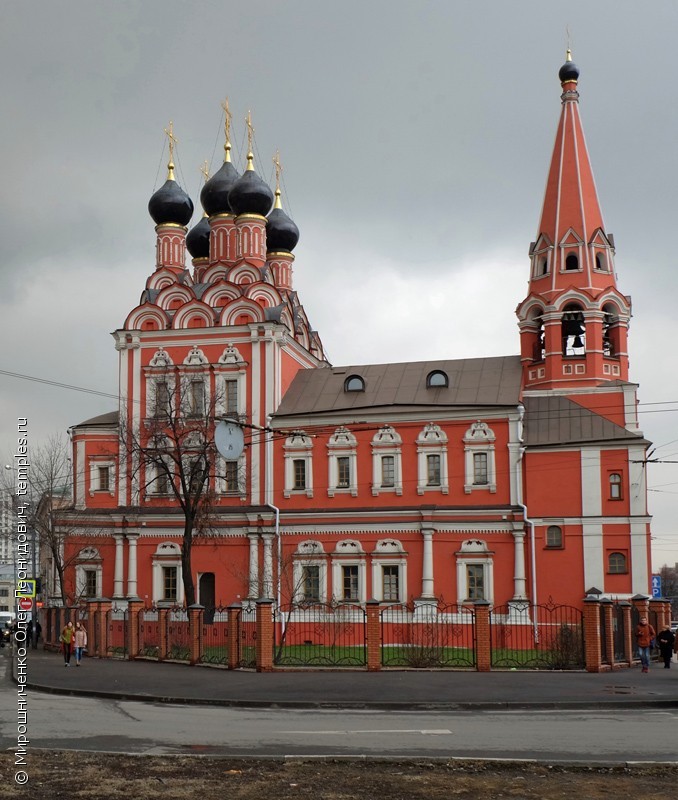
Church of St. Nicholas the Wonderworker on Bolvanovka, at the Tagansky gates.
Mention of the church goes back to 1632, and the current stone structure was built in 1697 – 1712. It was closed no earlier than 1929. In the 1930s the dome and upper tier of the bell tower were demolished, but they were both restored in the 1950s. Returned to the church in 1992, restoration work is still under way.
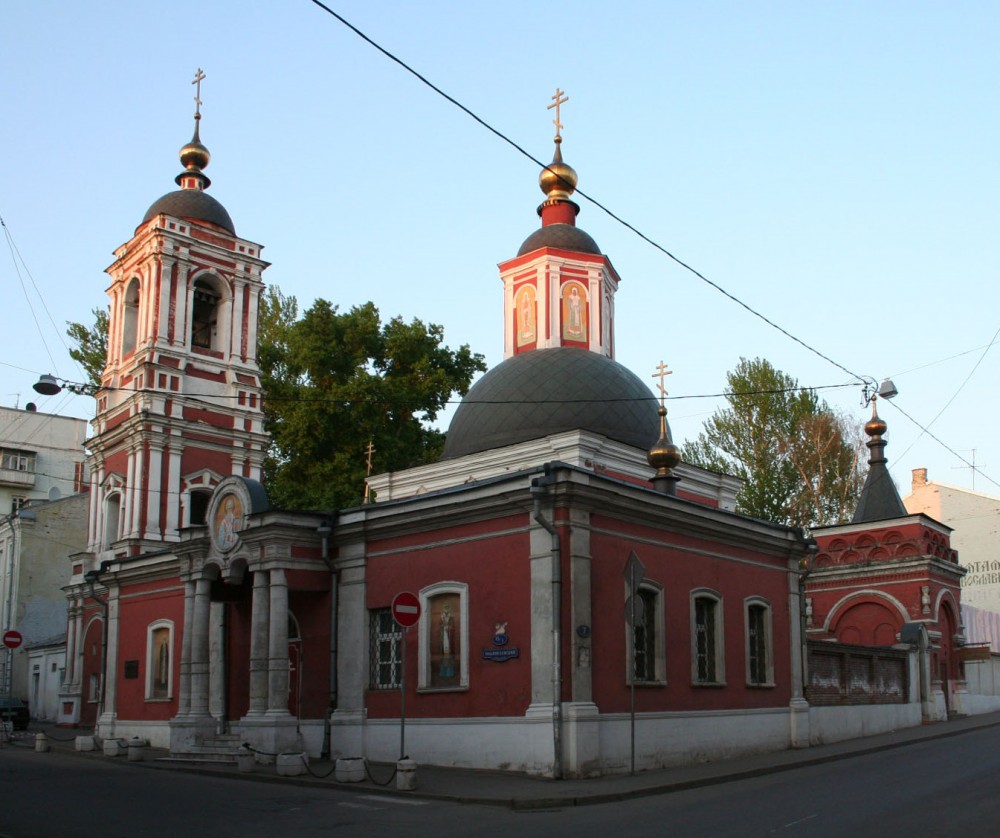
Church of St. Nicholas “Podkopai” (“Dig Under”)
First mentioned in the late 15th century, the name of this church has gone down in history as the Church of St. Nicholas “Dig Under”. It is not certain how it got this name, but a legend exists of a merchant who had a strong veneration for St. Nicholas but then lost all his wealth. After the merchant prayed fervently, the saint appeared to him in a dream and told him to dig under the church wall, take the covering inlaid with precious stones from his revered icon, sell it, and use the money to start trading again. When his wealth returned, he was to have a covering made like the old one for the icon. The merchant did as he was told, and replaced the covering to the amazement of the parishioners, who passed down the story. In the 1930s the church was closed and turned into a plastic factory. It was returned to the Church in 1991, and recently added to the list of national monuments for preservation. Restoration work, as you can see by the photograph, has not yet been completed.
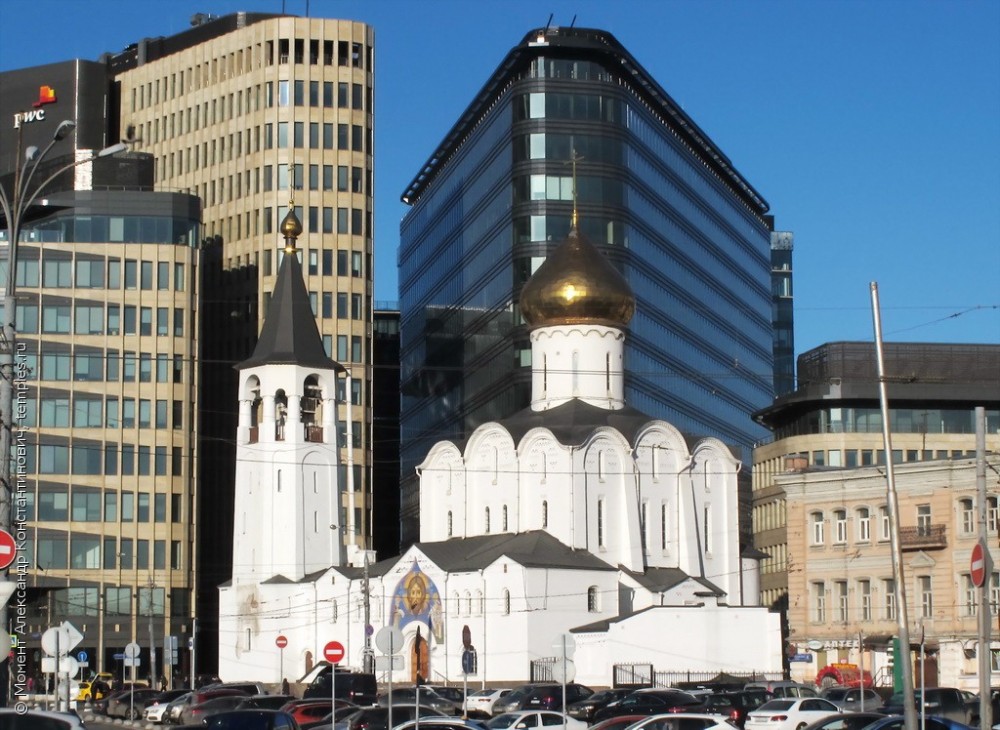
Church of St. Nicholas the Wonderworker of the Old Believer community on Tverskaya Street. 1914 – 16.
Old Believer (Belokrinitskaya communion).
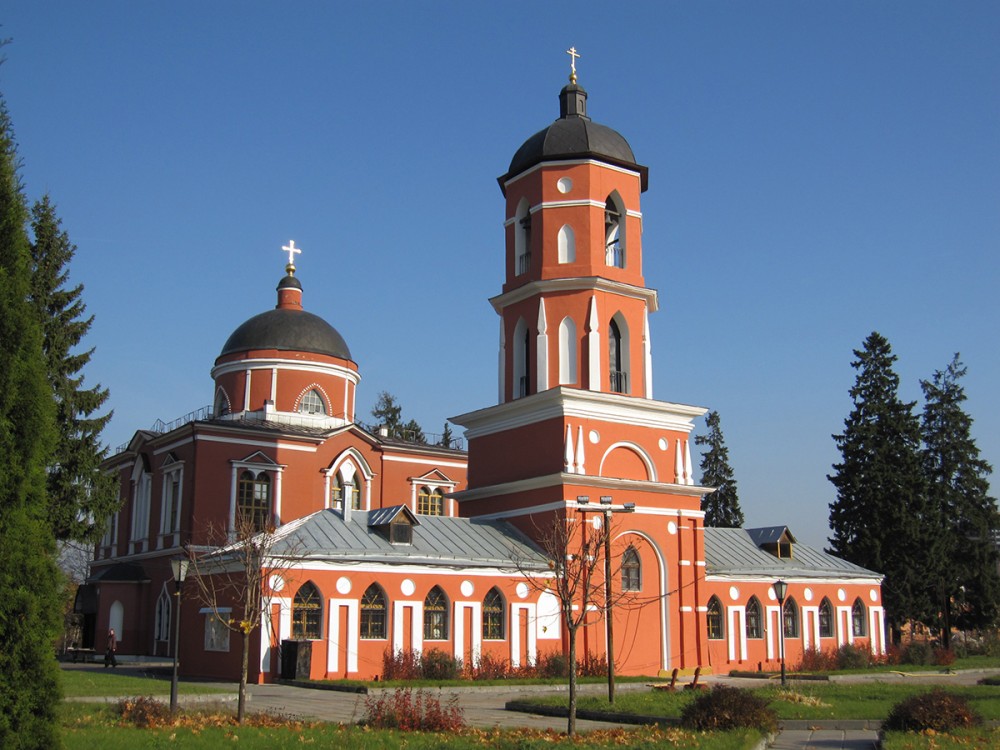
Church of St. Nicholas the Wonderworker in Rzhavki. 1800 – 28.
A two-storied single-domed brick church in the pseudo-gothic style, with an unattached bell tower. The church was closed in 1939, and the building was given to a soviet agriculture office and pioneer camp. Services were renewed in 1988. The Church was restored from 1988 – 97.
18 декабря 2018 г.



